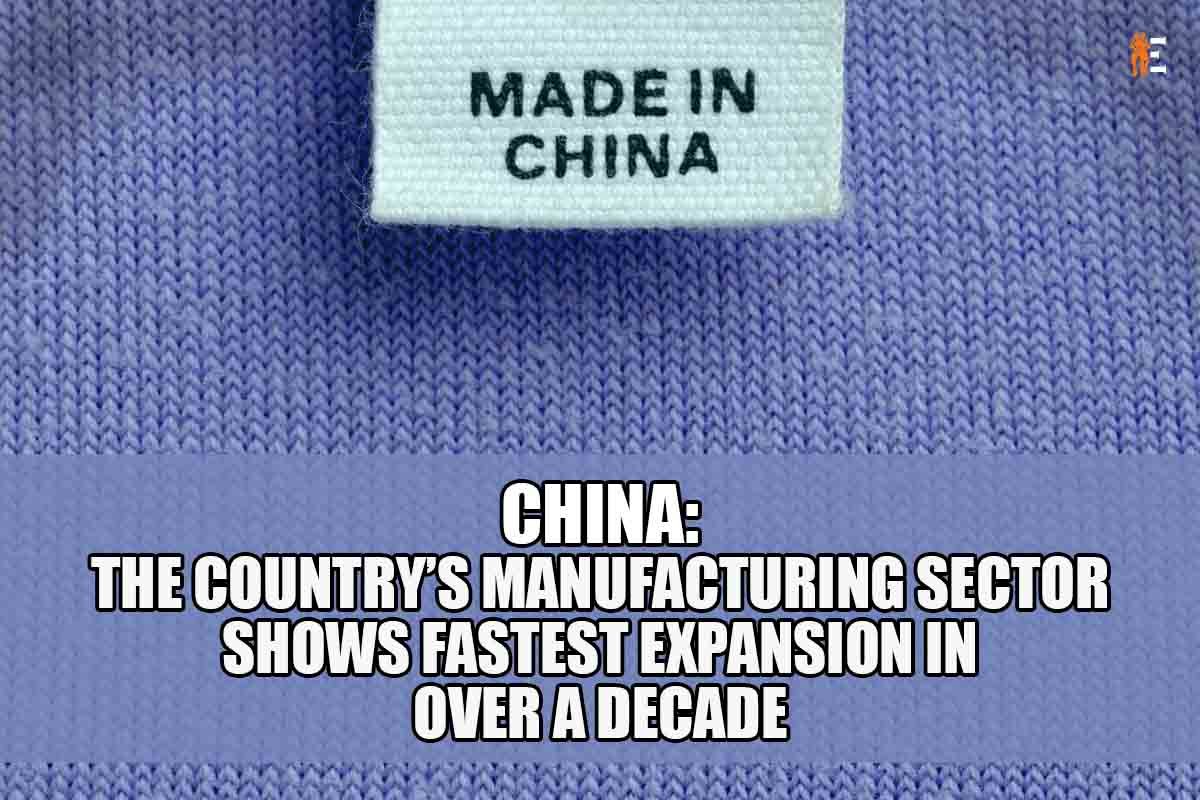China’s manufacturing sector experienced its fastest expansion in over a decade in November 2020, as the country continued its recovery from the COVID-19 pandemic. This growth was driven by strong domestic demand, as well as increased exports to other countries.
According to the National Bureau of Statistics, the Purchasing Managers’ Index (PMI) rose to 52.1 in November, up from 51.4 in October. This is the highest level recorded since September 2011 and marks the ninth consecutive month of expansion.
The PMI is a widely used indicator of economic activity in the manufacturing sector. A reading above 50 indicates expansion, while a reading below 50 indicates contraction.
What caused this fast growth?
The growth in the manufacturing sector was driven by strong domestic demand, particularly in the automotive, electronics, and home appliances industries. China has experienced a surge in demand for these products, as consumers have shifted their spending from services to goods during the pandemic.
The increase in demand has also led to a rise in employment in the manufacturing sector. The employment sub-index of the PMI rose to 50.9 in November, up from 49.3 in October, indicating that manufacturers are hiring more workers.
In addition to strong domestic demand, China’s manufacturing sector also benefited from increased exports to other countries. According to data from the General Administration of Customs, China’s exports rose 21.1% year-on-year in November, the highest growth rate since February 2018.
The increase in exports was driven by strong demand for electronics, medical equipment, and personal protective equipment (PPE) such as masks and gloves. The COVID-19 pandemic has led to increased demand for these products around the world.
Will this phase sustain?
However, there are concerns about the sustainability of this growth. Some analysts have warned that the surge in demand for Chinese goods may be temporary, and that the global economy may slow down in the coming months as the pandemic continues.
There are also concerns about rising tensions between China and other countries, particularly the United States. The Trump administration has imposed tariffs on Chinese goods in an effort to reduce the trade deficit between the two countries. The incoming Biden administration is expected to take a more multilateral approach to trade, but it remains to be seen how this will affect the relationship between the two countries.
Despite these concerns, the growth in China’s manufacturing sector is a positive sign for the country’s economy. The Chinese government has implemented a number of measures to support the economy, including tax cuts, increased spending on infrastructure, and monetary policy easing.
What are the future plans?
The government has also announced plans to become more self-reliant in key industries such as semiconductors and technology, in order to reduce the country’s dependence on imports. This strategy, known as “dual circulation,” is aimed at promoting domestic consumption and reducing China’s reliance on exports.
In conclusion, the fastest expansion in China’s manufacturing sector in over a decade is a positive sign for the country’s economy. The growth was driven by strong domestic demand, as well as increased exports to other countries. However, there are concerns about the sustainability of this growth and the potential impact of rising tensions between China and other countries. The Chinese government has implemented a number of measures to support the economy and is pursuing a strategy of promoting domestic consumption and reducing reliance on exports.











